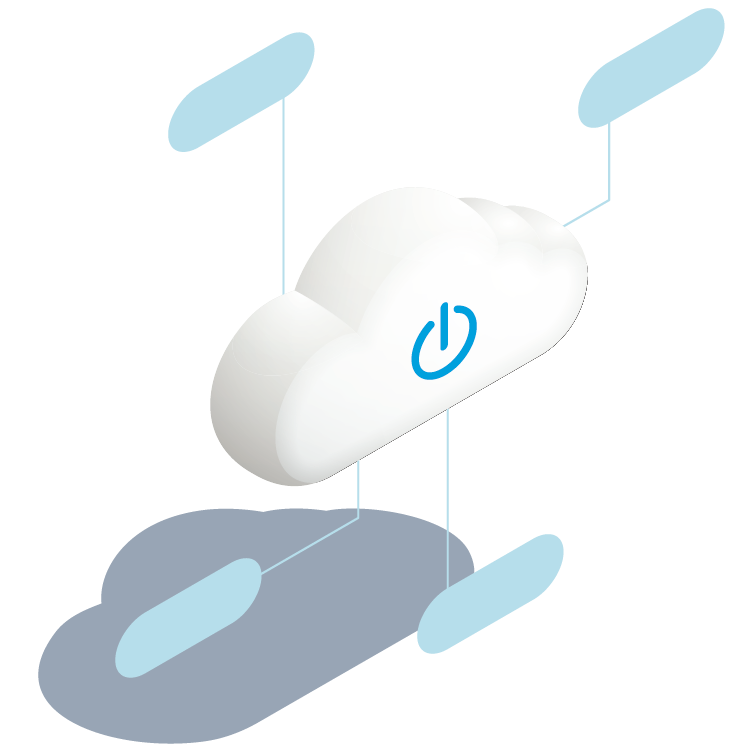Seamless
System Integration
Seamless system integration refers to the process of integrating different software systems in a way that enables them to work together seamlessly and efficiently. The goal of this type of system integration is to create a unified system that can streamline business processes, improve data accuracy, and increase efficiency.
Seamless system integration from Solutions Made Simple involves connecting different systems, such as enterprise resource planning (ERP) systems, customer relationship management (CRM) systems, and supply chain management (SCM) systems, to create a single, integrated system.

Automate Processes and Eliminate Manual Data Entry
For example, by integrating an ERP system with a CRM system, customer data can be automatically shared between the two systems, eliminating the need for manual data entry and reducing the risk of data errors.
Improves Data Accuracy, Ensure Consistency Across All Systems
For example, if an order is entered in the CRM system, the order information can be automatically transferred to the ERP system, ensuring that the order information is consistent across both systems.
What types of systems can be integrated?
ERP systems are used to manage business processes and data across multiple departments and functions, such as finance, accounting, HR, and inventory management. Integrating an ERP system with other systems, such as CRM or e-commerce systems, can help to streamline business processes and improve data accuracy.
CRM systems are used to manage customer interactions and relationships. Integrating a CRM system with other systems, such as marketing automation or e-commerce systems, can help to provide a complete view of the customer and improve customer engagement.
SCM systems are used to manage the flow of goods and services from suppliers to customers. Integrating SCM systems with other systems, such as ERP or e-commerce systems, can help to improve inventory management and optimize supply chain operations.
HR systems are used to manage employee data and processes, such as onboarding, payroll, and benefits administration. Integrating an HR system with other systems, such as ERP or time and attendance systems, can help to streamline HR processes and improve data accuracy.
Marketing automation systems are used to automate marketing processes, such as lead generation and lead nurturing. Integrating a marketing automation system with other systems, such as CRM or e-commerce systems, can help to improve lead conversion and customer engagement.
E-commerce systems are used to manage online sales and transactions. Integrating an e-commerce system with other systems, such as inventory management or order fulfillment systems, can help to streamline e-commerce operations and improve customer satisfaction.
Seamless system integration is a critical component of modern business technology infrastructure
Let Solutions Made Simple enable your business to create a unified system that can streamline processes, improve data accuracy, and increase efficiency.
